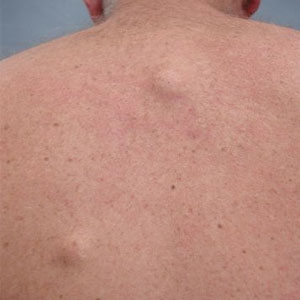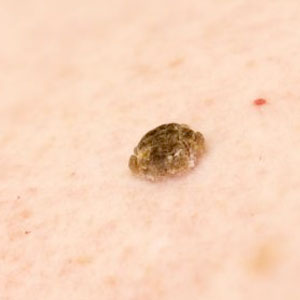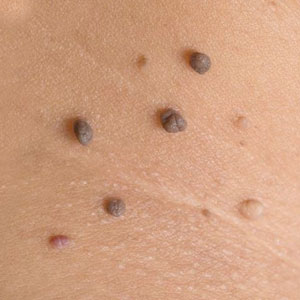- HOME
- ABOUT
- SKIN
- BODY
- FACE
- EQUIPMENT
- POST PROCEDURE
- CONTACT US
- IPAL ACADEMY
- IPAL SMILE STUDIO
- HOME
- ABOUT
- SKIN
- BODY
- FACE
- EQUIPMENT
- POST PROCEDURE
- CONTACT US
- IPAL ACADEMY
- IPAL SMILE STUDIO
Skin Problems
Skin Problems

Sebaceous Cysts
are caused by blockage of the sebaceous gland of the hair follicle. They usually present as smooth firm swellngs in the skin and can become intermittently infected (red and sore). Common areas are the face, neck, chest and scalp. Treatment usually involves surgical removal under local anaesthetic, which leaves a linear scar behind.

Seborrhoeic Warts
are common with increasing age and usually present in the late 30s. Their cause is not well understood. They tend to be brown in colour and have a rough surface with a “stuck on” appearance. They are not harmful, however can be easily treated by cryotherapy (freezing) or by curettage (scraping) under local anaesthetic.

Moles
The average adult has between 15- 40 moles, which appear between childhood and up to the age of 40 years. A mole is made of a collection of melanocyte pigment cells, which give the mole its colour.
Moles are normal and appear in childhood. The more sunlight a child is exposed to can increase the number of moles. Some families have many moles on the skin, which is normal for those family members as the number of moles is under the control of genes.
Illustrated here are a few normal moles, which can be flat or raised.




